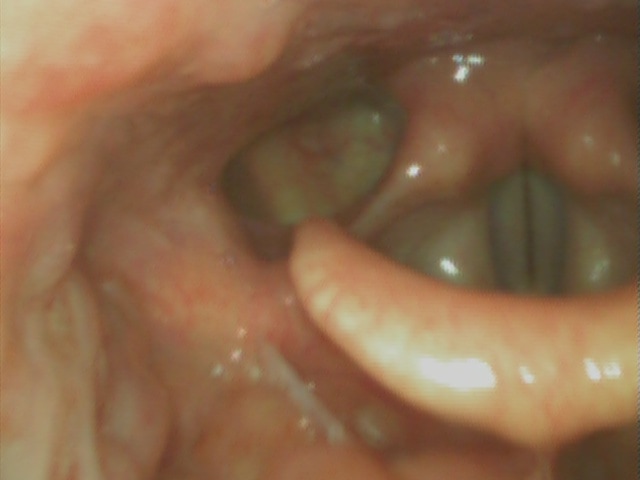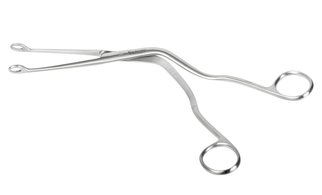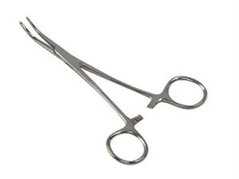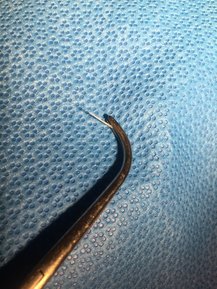The Fishbone
A 28 year-old woman presents with an uncomfortable sensation in her throat after she thinks she accidentally swallowed a fishbone. She appears relatively comfortable and in no respiratory distress. Her voice is not hoarse. A lateral neck x-ray shows no radiopaque foreign body.
So, now what? Have her follow up with her regular doctor (assuming she has one) if her symptoms don't resolve? Consult or refer to ENT for what might only be mucosal irritation? Discharge with return precautions for symptoms of a retropharyngeal abscess?
So, now what? Have her follow up with her regular doctor (assuming she has one) if her symptoms don't resolve? Consult or refer to ENT for what might only be mucosal irritation? Discharge with return precautions for symptoms of a retropharyngeal abscess?
|
If you have a nasopharyngeal endoscope, it would be reasonable to check for a supraglottic foreign body (See my previous post for a basic approach to its use). At least that's what I offer in these scenarios, and here's what I found in this patient. |
|

See it? In case not, here it is again:
|
In this case, we used a curved Kelley. This is a two-person procedure; one to hold the scope, the other to retrieve the fishbone. |
|


